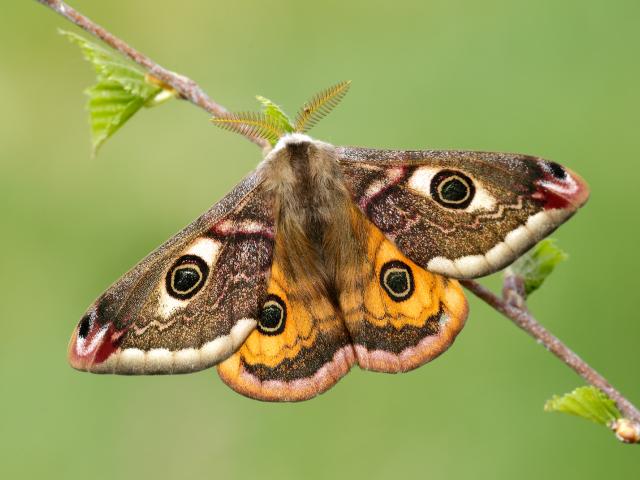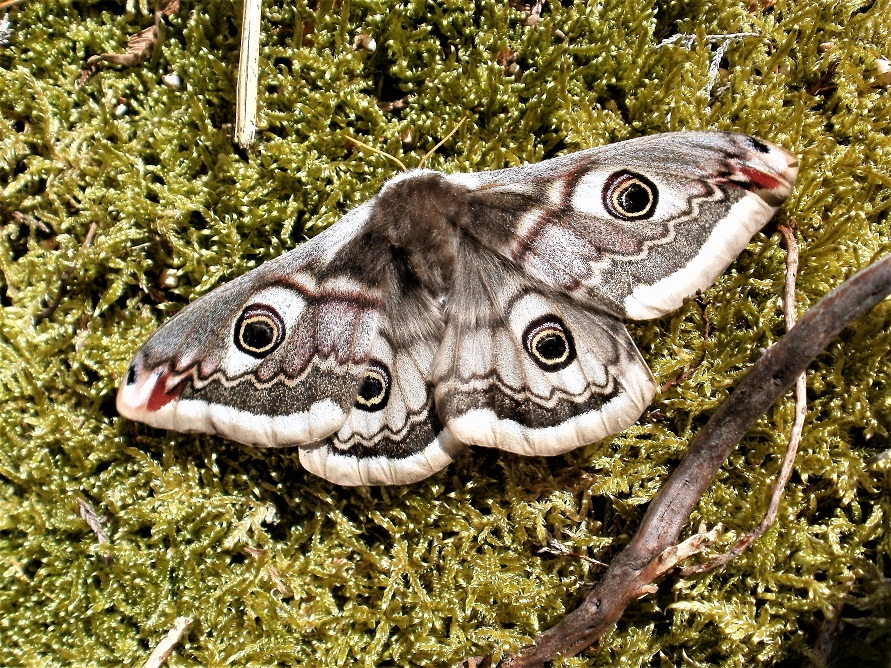Emperor Moth(Saturnia pavonia)
Emperor moth of the Saturniidae family was described first in 1758 by Swedish botanist Carl Linnaeus in his book 10th edition of Systema Naturae. It occupies the British Isles and is the only member of its family to inhabit that region.
live.staticflickr.com
Scientific Classification
- Family: Saturniidae
- Genus: Saturnia
- Scientific Name: Saturnia pavonia
Description and Identification
Adult Moth
Sexual Dimorphism: Present
Color and Appearance: Males – When opened,the forewings are brown and white with orange and red bands, whereas the hind wings appear orange. The chief attraction that makes it look beautiful is the black and orange eyespots on all four wings. When closed, the overall coloration does not change, though only one or two of the four eyespots may be visible.
Females – When opened, the fore and hind wings are grey, with white bands to the sides. The eyespots remain similar to that of the males. When closed, the wing pattern remains the same.
On the whole, the females are larger than the males with a neater appearance.
Wingspan: Females: 8 cm; Males: 6 cm
Flight pattern: Fast and consistent
Season: Mid-April – late June
Quick Facts
| Other Names | Small emperor moth |
| Distribution | England, Ireland, Scotland, Wales |
| Habitat | Heathland, moorland, fen, bog, woodland ridges, field margins, and other scrubby lands |
| Lifespan of adults | 8 – 10 days |
| Host plants | Alnus, Alchemilla, Betula, Cornus, Erica, Fragaria, Callanus, Rumex, Sorbus, Ulmus, Malus, Pistacia, Myrica gale, Quercus, Salix, Schinus, Sambucus |
| Adult diet | They do not feed |
Did You Know
- Three subspecies of this moth include Saturnia pavonia pavonia, Saturnia pavonia josephinae, and Saturnia pavonia colombiana
- Though these moths belong to the Saturnia genus, they are sometimes considered a part of the Pavonia genus, which stands incorrect.
Scientific Classification
- Family: Saturniidae
- Genus: Saturnia
- Scientific Name: Saturnia pavonia











